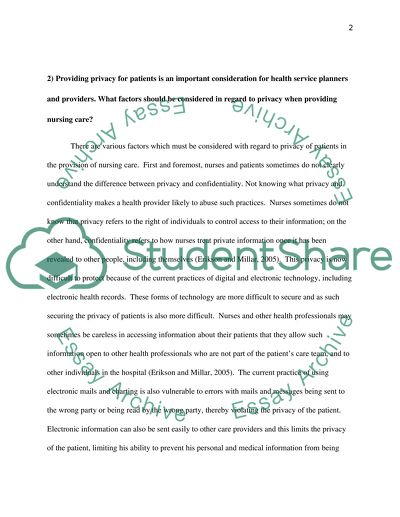Cite this document
(“Fifteen Questions on Nursing Essay Example | Topics and Well Written Essays - 3750 words”, n.d.)
Retrieved de https://studentshare.org/nursing/1391418-nusing
Retrieved de https://studentshare.org/nursing/1391418-nusing
(Fifteen Questions on Nursing Essay Example | Topics and Well Written Essays - 3750 Words)
https://studentshare.org/nursing/1391418-nusing.
https://studentshare.org/nursing/1391418-nusing.
“Fifteen Questions on Nursing Essay Example | Topics and Well Written Essays - 3750 Words”, n.d. https://studentshare.org/nursing/1391418-nusing.


